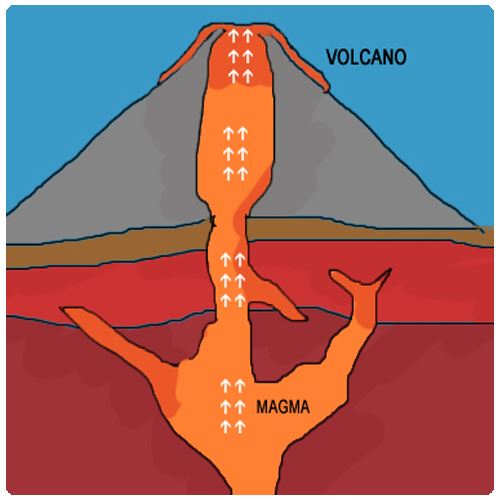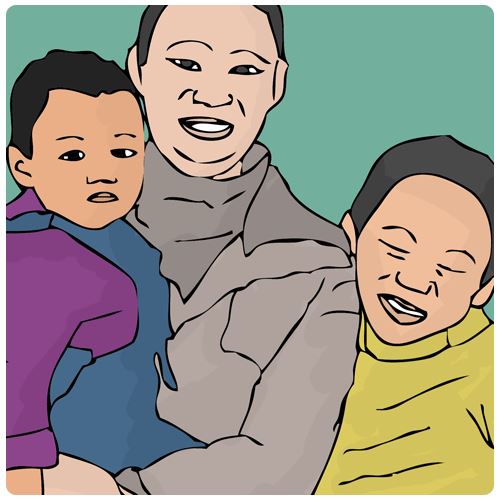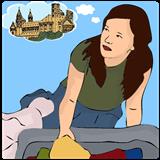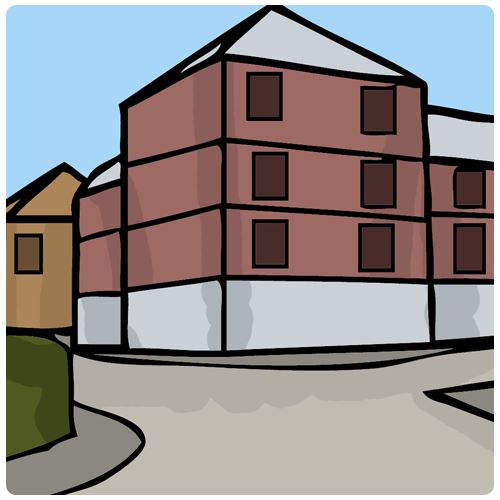
Audience: KS3/KS4
Subject: Geography
Topic: Migration, Industry, Society, Economy, Environment
Question: Why is John moving back to the City Centre?
Author: Paul Lawrence
Description
The mystery surrounds the urban to rural migration of John and his family, with the eventual return of John to live in the city centre (CBD.) The mystery initially covers the reasons for deindustrialisation in UK cities and the effects of this on urban areas. This is followed by reasons for counter urbanisation and finally covers the topic of urban regeneration.
Learning outcomes:
- Be able to give reasons for deindustrialisation.
- Effects of deindustrialisation on urban areas – social, economic and environmental.
- Migration push factors.
- Migration pull factors linking to counter urbanisation.
- Migration pull factors linking to urban regeneration.
The mystery can be used at both Key Stage 3 and 4. The mystery can be used as a means to develop and research more accurate case study material for examinations.
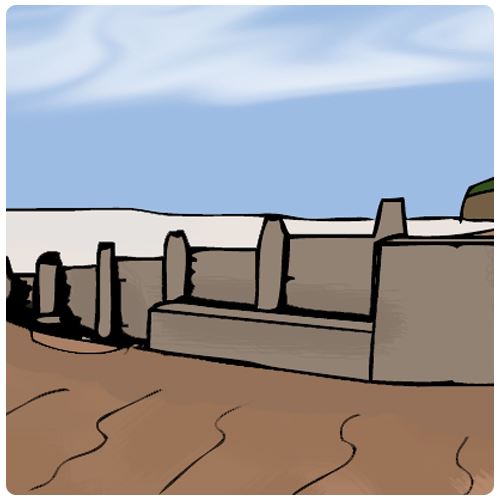
Audience: KS3/KS4
Subject: Geography
Topic: Erosion, Nature, Effects, Society, Economy, Environment
Question: Why are Tony and Louise worried about their future?
Author: Paul Lawrence
Description
The mystery surrounds Tony and Louise who have bought a farm on the Holderness coast. The mystery covers the coastal processes affecting the Holderness coast and the potential effects of this on Tony, Louise and their children.
Audience: KS3/KS4
Subject: Geography
Topic: Nature, Disaster, Hazard, Effects
Question: Why is Fidel on a flight to London?
Author: Paul Lawrence
Description
The mystery surrounds Fidel, a 16 year old boy who lives on the Island of Montserrat. After the Volcano comes to life in 1995 Fidel’s life is turned upside down and he finds himself on a flight to London. The main aim of the mystery is to look at the physical causes of the eruption and the effects. These effects are split into primary and secondary effects and both can be used to solve the mystery.
The mystery links to knowledge and understanding of tectonic hazards at both Key Stage 3 and 4 and can also be used as the basis of a more detailed case study at Key Stage 4.
• Be able to know the difference between cause and effect
• Understand the difference between a primary and secondary effect
• Create a sequence to show knowledge and understanding of activity at a destructive / convergent plate boundary.
• Consider the impacts of natural hazards on an LEDC. This can be compared to an eruption in an MEDC.
• Consider how eruptions can be predicted or managed in the future.
Audience: KS4
Subject: Geography
Topic: Population, Effects, Fertility, Society, Sexism, Prejudice
Question: Why is Stan Lui still looking for a girlfriend?
Author: Paul Lawrence
Description
This mystery surrounds Stan Lui, a 27 year old man and agricultural worker who lives with his elderly family in rural Hainan Island in China. Stan has worked on the farm since he was 13 and is an only child with responsibility for the farm and his family. The main aim of this mystery is to look at the effects of China's one-child policy which was introduced in 1979. It considers the positive and negative effects of the policy as well as Stan’s own situation to question why he is still looking for a girlfriend.
The mystery can be used to assess the success and sustainability of the policy as well as the future implications for China as a whole.
- Be able to give reasons for the introduction of the policy
- Identify the positive effects of the policy
- Identify the negative effects of the policy
- Evaluate the consequences of the policy

Audience: KS3/KS4
Subject: Geography
Topic: CBD, Economy, Society, Environment, Effects, Redevelopment
Question: Why does Gail’s weekly shopping trip take 40 minutes longer?
Author: Paul Lawrence
Description
This mystery surrounds Gail, a 32 year old single mother who lives close to the CBD. Changing land use in the area where Gail lives has disrupted her weekly shopping trip and her journey now takes 40 minutes longer.
The main aim of the mystery is to consider recent changes in urban land use and shopping patterns. The mystery looks at the decline of the CBD as well as giving reasons for the growth of out of town supermarkets.
Learning outcomes:
• Suggest reasons for the decline of the CBD for food shopping
• Understand why supermarkets now locate on the edges of urban areas
• Create a sequence to explain why Gail’s journey takes longer
• Consider the impacts out of town supermarkets are having on the CBD and those people that live there
The mystery can be used at key stage 3 to show understanding of changes in urban land use. At key stage 4 a case study can be developed to support the theory covered in the mystery.
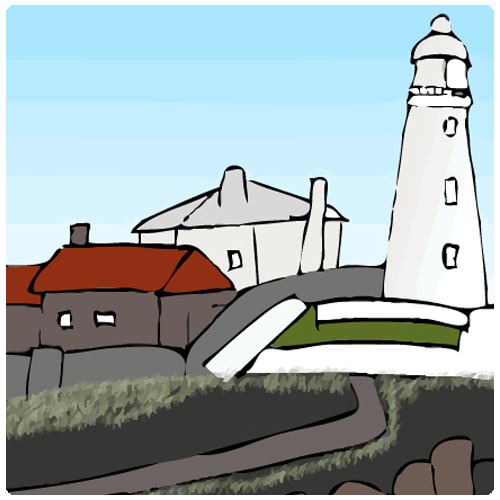
Audience: KS3/KS4
Subject: Geography
Topic: Coastal resorts, Tourism, Regeneration, Economy, Environment
Question: Why is Glenda cooking breakfast for the last time?
Author: Paul Lawrence
Description
This mystery surrounds Glenda and Mike who run a small hotel on the North East coast. The mystery looks at the reasons why Glenda may be cooking breakfast for the last time. The main aims of the mystery are to consider recent changes in holiday patterns and the impact this has had on UK coastal resorts /towns.
Learning outcomes:
• Be able to give reasons for changes in holiday patterns
• Understand the impact this has had on UK coastal resorts / towns
Extensions to the mystery can involve the ranking of changes in order to explain which has had the most significant impact. The mystery also has a focus on regeneration which can lead to discussion on how our resorts / towns can be managed in the future.
The mystery can be used at key stage 3 to investigate changing tourism patterns as well as key stage 4 when considering the decline of coastal areas / regeneration.
Audience: KS3/KS4
Subject: Geography
Topic: Flooding, Nature, Disaster, Effects, Environment, Society, Delta, LEDC
Question: Why is Saied struggling to pay his house insurance?
Author: Paul Lawrence
Description
This mystery surrounds Saied, a 31 year old farmer who lives on the Ganges Delta in Bangladesh. Saied is trying to work on the fertile lands of the delta and bring up his young family but is struggling to pay his house insurance.
The main aim of the mystery is to identify the main causes of river flooding in Bangladesh. Both physical/environmental causes are identified as well as human change of the natural environment.
There are 31 slips of information provided in this task on the highest difficulty level. On Medium, there are 28 and on Easy, there are 24. As well as a different amount of information provided, the difficulty levels also mean that more or fewer hints are included too.
• Identify the difference between cause and effect
• Understand the differences between a human and physical cause
• Explain the causes of river flooding in Bangladesh using key terminology
• Consider why people choose to live on the delta
• Consider the options available to the people and government to protect from the impacts of flooding
The mystery can be used by 11-14 year olds to identify the causes and effects of flooding as well as being developed as a case study of flooding in a Less Economically Developed Country (LEDC) for 14-16 year olds.
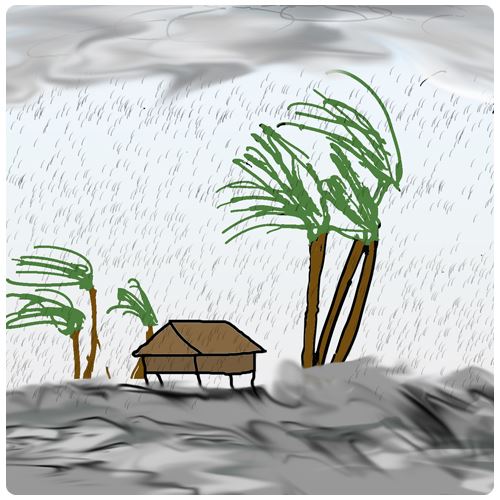
Audience: KS3/KS4
Subject: Geography
Topic: Hazards, Nature, Environment, Disaster, Society
Question: Why is Salema going to school during the holidays?
Author: Paul Lawrence
Description
This mystery surrounds Salema, an 11 year old girl who lives with her family on the Irrawaddy delta in Myanmar. The mystery asks the question why Salema has to go to school in the holidays.
The main aim of the mystery is to cover cyclone formation in the Bay of Bengal and protection methods that have been adopted. Human change on the delta leading to increased risk from storm surges is also considered.
Sub-questions include:
Who is Salema?
Where does she live?
What is a cyclone?
What is a cyclone shelter?
What does a cyclone team leader do?
Why does the cyclone team leader need a megaphone?

Audience: KS3/KS4
Subject: Geography
Topic: Economy, Industry, Employment, Investment, Migration
Question: Why does Marco want to speak to his cousin?
Author: Paul Lawrence
Description
This mystery surrounds Marco, a 21 year old farm worker who lives with his parents in the Calabria region in Southern Italy. The mystery surrounds the potential reasons why Marco wants to speak to his cousin who moved from the South to the city of Milan.
The mystery covers the economic differences between North and South Italy in terms of employment and investment. It also covers some of the physical geography of Southern Italy.
Learning outcomes:
• Know the different types of employment / industry
• Identify the differences between the North and South of Italy
• Understand why agriculture is difficult in Southern Italy
• Develop an understanding of core and periphery theory
The mystery can be used at key stage 3 and key stage 4 to look at the differences between North and South Italy. It can also be used at key stage 4 to explore core and periphery theory as well as being developed as a case study for internal migration.
Subject: RE, Spanish, Geography
Topic: Pilgrimage, journey, holiday, Spain, Spanish, religion, Christianity, St James, Catholic
Question: Why did Sarah visit Santiago de Compostela?
Author: Gavin Johnston
Description
This is a mystery about ‘Sarah’ who is making a trip to Santiago de Compostela in the North of Spain. In this mystery, children will learn about possible reasons for Sarah’s visit; making reference to the famous Catholic pilgrimage to Santiago de Compostela across the North of Spain. Some background to Sarah is given including her love of travelling with friends; desire to visit different parts of Spain; her penfriend who lives in Santiago de Compostela and her Catholic faith.
There are three difficulty levels to this task. On 'easy' there are 13 slips provided, on 'medium' there are 19 and on 'hard' there are 24. Different or fewer hints are also given, depending on the difficulty level.
In solving this mystery, the children have to discover why Sarah visited. Was it because of religion? The desire to travel? Spending time with friends? Or visiting a friend? All reasons could be correct / valid – Which one do you think is correct?
During this mystery the children learn about:
- the traditions of the Camino de Santiago as well as the modern journey which people make.
- a region of Spain including some Spanish vocabulary.
- some aspects of the geography of Spain.
They are introduced to modern pilgrimage which is built upon traditions from the past.

